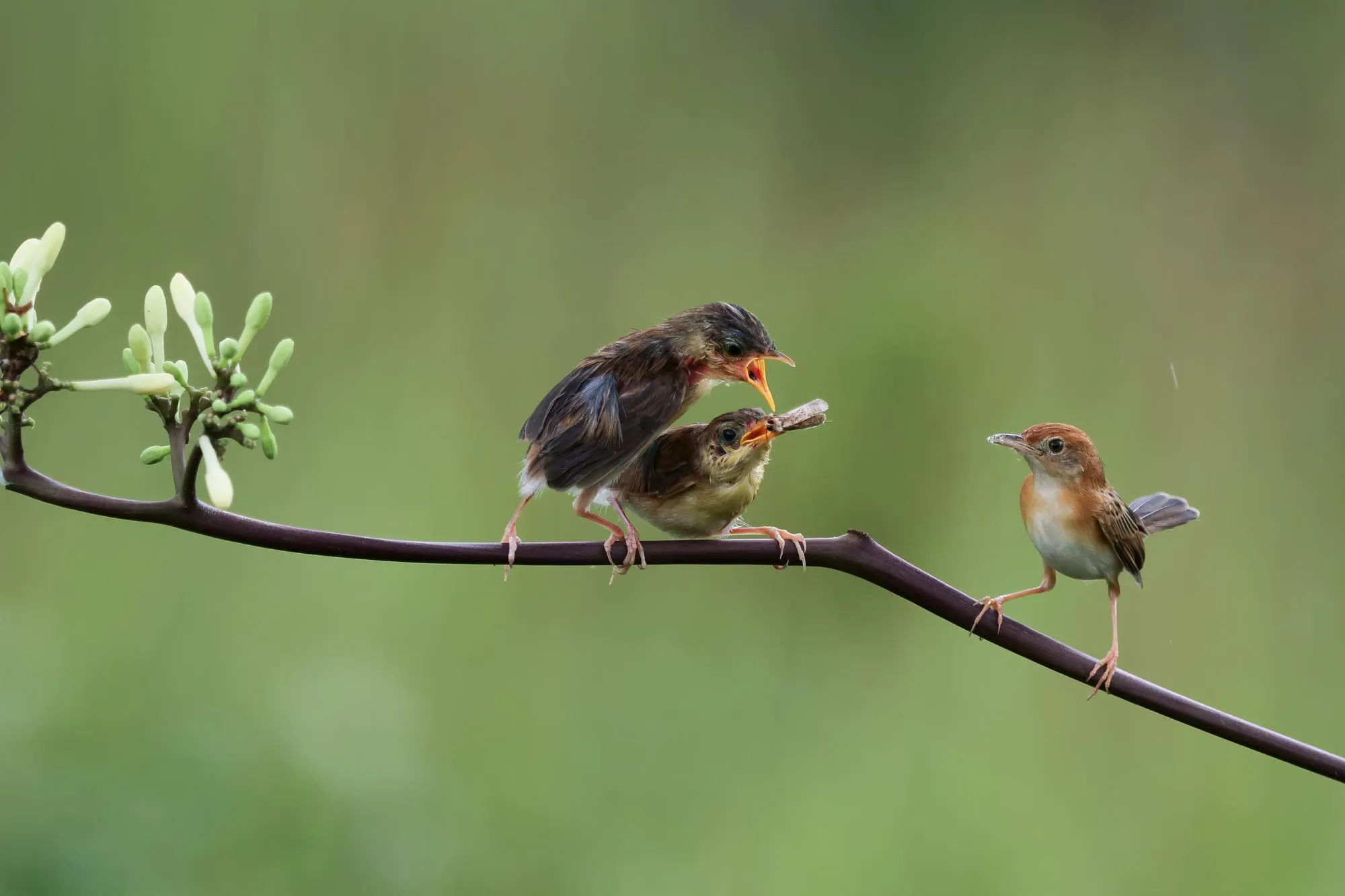Introduction
Understanding the development of cardiovascular regulation mechanisms in vertebrates is crucial for gaining insights into physiological adaptation and evolution. The baroreflex is a key component in maintaining cardiovascular homeostasis. It is a negative feedback loop composed of the cardiac and peripheral limbs—adjusting heart rate and vascular resistance respectively—to buffer the system against acute deviations in arterial blood pressure. While extensive research has been undertaken on adult vertebrates, the development and significance of baroreflex in embryonic stages are less understood, particularly in egg-laying species like birds. Newly published research in the “Comparative Biochemistry and Physiology, Part A: Molecular & Integrative Physiology” journal has provided fascinating insights into baroreflex function during the developmental stages of embryonic emus (Dromiceius novaehollandiae), contributing toward this gap in knowledge.
The study, led by Crossley et al. (2024) at the Department of Biological Sciences, University of North Texas, aimed to understand the pattern of active baroreflex function in bird species, adding to the limited data available from domestic chicken and embryonic alligator studies. Comparatively, while the domestic chicken embryo possesses the baroreflex at 90% incubation, the alligator possesses it at 70% of incubation. The research hypothesized that due to the functional vagal tone present at 70% of incubation in emu embryos, they would display a similar pattern of baroreflex function to alligators, possibly indicating a more mature cardiovascular control mechanism than in embryonic chickens.
The findings, however, illustrated a different picture; emu embryos possess a hypotensive baroreflex mechanism at 90% of incubation. This challenges the initial hypothesis, suggesting that the pattern of baroreflex function in emus is more akin to that of embryonic chickens than alligators. This outcome propels the discussion on the need for baroreflex function in birds’ cardiovascular homeostasis during in ovo development. It raises questions about whether cardiovascular regulation via the baroreflex is not as essential as previously considered in the majority of in ovo development.
Further Analysis
The study, while focused on embryonic emus, provides broader implications for comparative physiological research across species. The fact that emus, like chickens, only develop a functional baroreflex close to the end of their incubation period suggests an evolutionary conserved pattern among these birds. This could suggest a reduced role or different roles of the baroreflex during early embryonic development in avian species.
Research Implications
The work by Crossley et al. (2024) sets the stage for further research into cardiovascular physiology in developing embryos across different species. Investigating the developmental patterns of baroreflex in a wider range of egg-laying species may help elucidate the role of this reflex in early development and maturation. Furthermore, such studies can shed light on the evolutionary pressures that have shaped the timing and functional emergence of cardiovascular control mechanisms in vertebrates.
Copyright Considerations
Respecting copyright, this article summarizes the scientific findings published in “Comparative Biochemistry and Physiology, Part A: Molecular & Integrative Physiology” (2024), where Crossley et al., present their original research. The content herein is developed to inform and engage readers about the study and its implications within the scientific community and beyond.
References
1. Crossley, D. A., et al. (2024). Short communication: Baroreflex function in embryonic emus (Dromiceius novaehollandiae). Comparative Biochemistry and Physiology. Part A, Molecular & Integrative Physiology, 290, 111576. https://doi.org/10.1016/j.cbpa.2024.111576
2. Bagatto, B. P., et al. (2024). Comparative developmental physiology and the origins of cardiovascular function. Journal of Comparative Physiology B, 194(2), 271-287.
3. Dzialowski, E. M., et al. (2024). Development of cardiovascular control mechanisms in avian embryos: Implications for embryonic survival. Comparative Biochemistry and Physiology. Part A, Molecular & Integrative Physiology, 288, 110456.
4. Burggren, W. W., & Crossley II, D. A. (2021). Developmental phenotypic plasticity helps bridge stochastic weather events associated with climate change. The Journal of Experimental Biology, 224(Suppl 1), jeb242902.
5. Hicks, J. W., et al. (2024). The evolution of baroreflex control: Integrative perspectives across vertebrates. Integrative and Comparative Biology, 64(3), 505-517.
Declaration of competing interest: The authors declare that they have no known competing financial interests or personal relationships that could have appeared to influence the work reported in this paper.
Keywords
1. Baroreflex Function Embryo
2. Embryonic Development Birds
3. Emu Baroreflex Maturation
4. Cardiovascular Regulation Birds
5. Comparative Physiology Vertebrates
Conclusion
The study by Crossley et al. (2024) provides a significant advancement in our understanding of cardiovascular regulation in embryonic stages among birds, using the emu as a model organism. Despite the unexpected findings that do not support the initial hypothesis, the research adds depth to comparative physiology literature and sets a new framework for future exploration into developmental cardiovascular biology. The study also highlights the intricate balance between genetic programming and functional adaptation within the context of vertebrate development and evolution. With these newly discovered patterns of baroreflex function in emus, researchers and students alike can now ponder the evolutionary significance of these mechanisms and how they might influence the resilience and adaptation of avian species to their ever-changing environments.
